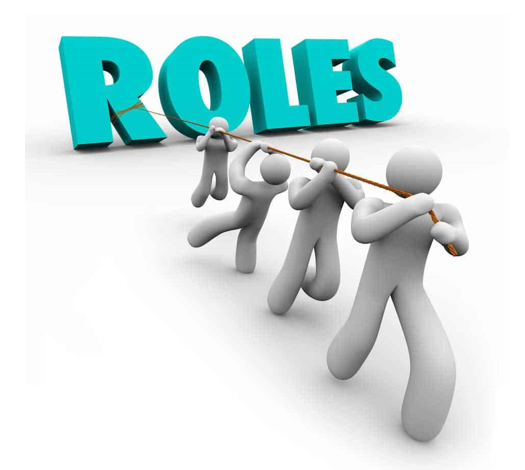Role of a chaperone
There is no clearly defined role of a chaperone; it will depend on a number of factors including:
- The patient’s individual needs or requirements
- The pharmacist’s requirements
- The type of examination or procedure
At PSNC Chaperone the PSNC has identified that the role of a chaperone commonly falls into one of the following areas:
- To put the patient at ease by providing emotional comfort and reassurance
- To witness that the patient understands what is being said to them and that they are happy for the consultation to proceed
- To witness that the pharmacist behaves appropriately during a consultation
- To assist in an examination, for example carrying out blood pressure measurements
- To provide protection to the pharmacist against unfounded allegations of improper behaviour
- To act as an interpreter if there is a language barrier
- In very rare circumstances to protect the community pharmacist against aggressive behaviour
It also states that chaperone training should include:
- What a chaperone is
- Why a chaperone might be required
- The rights of the patient
- The role and responsibilities of the chaperone
- How to raise concerns
There are two types of chaperone and the role will differ dependent on what is expected of them:
- Informal – does not play an active role in the examination, they are present to comfort and put the patient at ease. There may be occasions that an informal chaperone doesn’t witness a procedure. This role can be performed by a member of pharmacy staff or if requested by the patient a family member or friend. If a patient asks for their child to be present this is permissible providing the child is not exposed to inappropriate experiences.
- Formal – a trained member of pharmacy staff who has a specific role in the examination, this can be a registered pharmacy technician, pre-registration trainee or counter assistant provided they have received appropriate training for the role.
In a pharmacy setting most chaperones will take an informal role.
It is inappropriate for a chaperone from the pharmacy to be of the opposite gender to the patient and if a patient declines a particular person as a chaperone, their wishes should always be honoured.
If you are asked to be a chaperone, you should have a clear understanding from the pharmacist of:
- How involved they would like you to be, i.e. do they want you to chat to the patient to help put them at ease (this should always be in a non-clinical way)
- Where they would like you to stand or sit
- The level of observation required, e.g. see enough to be an effective chaperone without intruding
All staff should have an understanding of the role of a chaperone and that they are available to all patients. Staff asked to be a formal chaperone should be trained and aware of their responsibilities before they perform this duty. The level of training will depend on the role to be performed, for example if the chaperone is required to measure blood pressure they would need to be trained on how to do this accurately.

